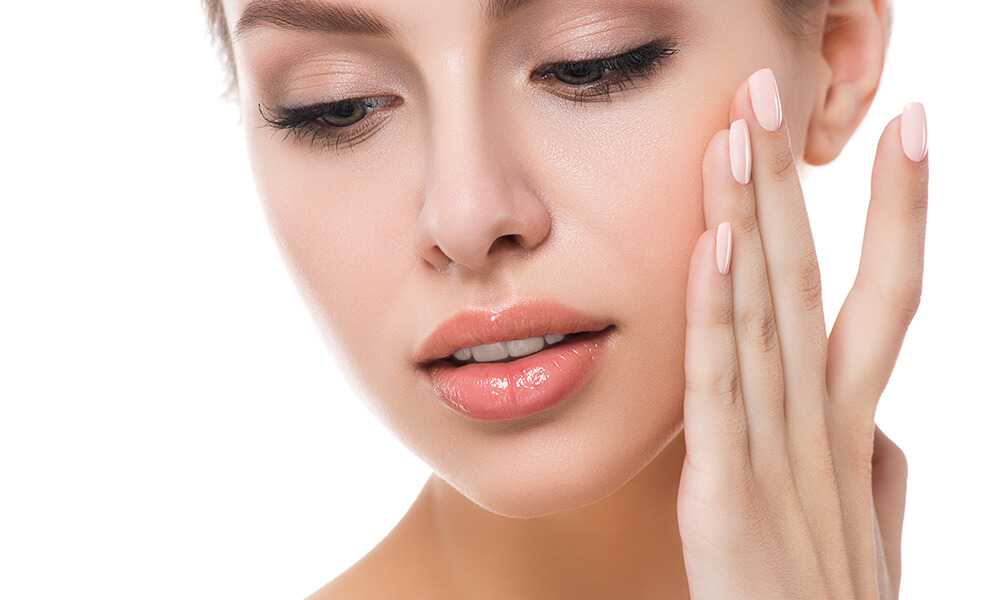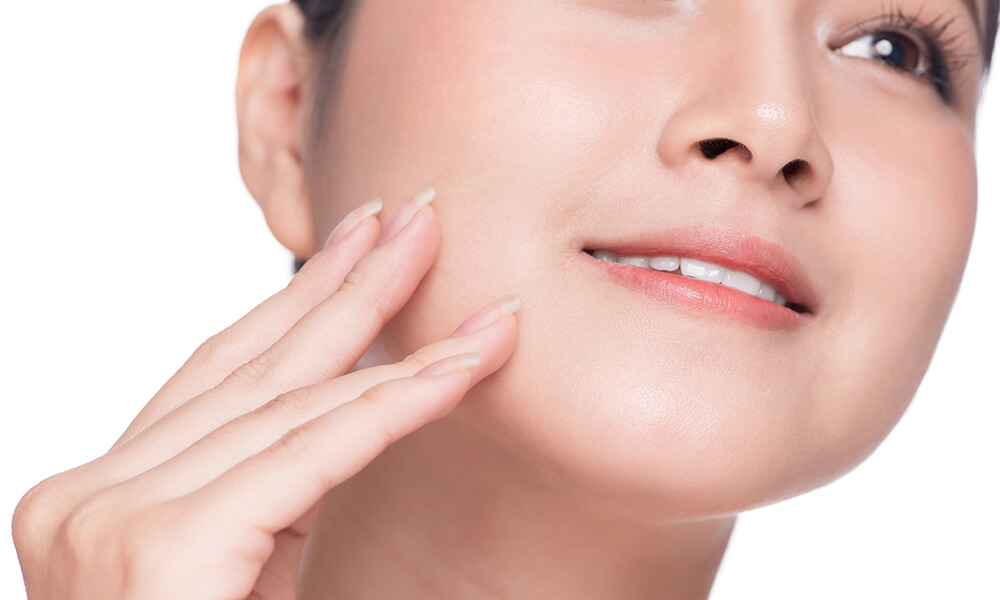Here at Denver Skin Essentials, we aim to be the experts on all things skin for our clients and all who are considering a skin treatment. We’ve helped countless people from Denver, Colorado Springs, Boulder, and all over the state achieve the younger, more rejuvenated skin they wanted. This is done by treating more than just the surface layer of the skin. This week, we’re going to take a dive underneath the surface and help our readers get a better understanding of the different layers of skin. There’s no better skin care starting place than an understanding of how the organ works, so keep reading to understand what’s under your skin. Note: there are plenty of ideas about how many layers make up the skin. Most dermatologists agree that the skin is split into three main layers, but other “layers of the skin” can be observed within these main three components.
Layer 1: Epidermis
The epidermis is typically what most people picture when they are thinking about their skin. They topmost of the three layers of skin, the epidermis is responsible for quite a bit in regards to the health, safety, and beauty of the skin. The epidermis acts as the body’s main protector from outside infections and viruses. It also contains melanocytes, the cells responsible for creating melanin which determines the color of an individual’s skin. The epidermis is covered by a layer called the “stratum corneum” which consists of dead skin cells and, through age, that layer can become flaky and rough-looking. For most skin treatments, the stratum corneum is gently exfoliated to make room for the epidermis to create new, healthy cells. The epidermis is also treated for things like age spots and fine lines. Many at-home treatments can help alleviate symptoms of problems in the epidermis. However, to get at the root of most skin issues, doctors must dive a little deeper into the second layer of the skin.

Layer 2: Dermis
The dermis is the second-deepest layer of the skin and holds most of the responsibilities of the skin. Housing all of your nerve endings, hair follicles, sweat glands, and oil glands, the dermis houses almost every part of the skin responsible for sensation. Because this layer of skin is comprised mostly of collagen and elastin, this is also where doctors focus efforts for injections which increase plumpness and volume in the skin. As we age, this layer of skin naturally starts to deteriorate, sag, or droop. However, by focusing efforts to increase plumpness and fullness in this second layer can restore the oft-desired youthful look in the face or any other body part.

Layer 3: Hypodermis
Often call the “subcutaneous fat” level, the hypodermis is exactly that: fatty protective tissue underneath the surface of the skin. It helps control body temperature and also connects skin to bones and muscles for bodily safety. The hypodermis is affected somewhat through injectable treatments, however, only high-end procedures such as facelifts alter the hypodermis in any significant way.
All of the treatments used on any layer of the skin should be performed by a licensed dermatologist or plastic surgeon. To treat more severe problems in the skin of the face and body, deeper layers of the skin must be treated for long-lasting, natural-looking results.
Want to learn more?
Have questions?
Want to schedule a consultation?
Want to learn more?
Have questions?
Want to schedule a consultation?
Want to learn more?
Have questions?
Want to schedule a consultation?

